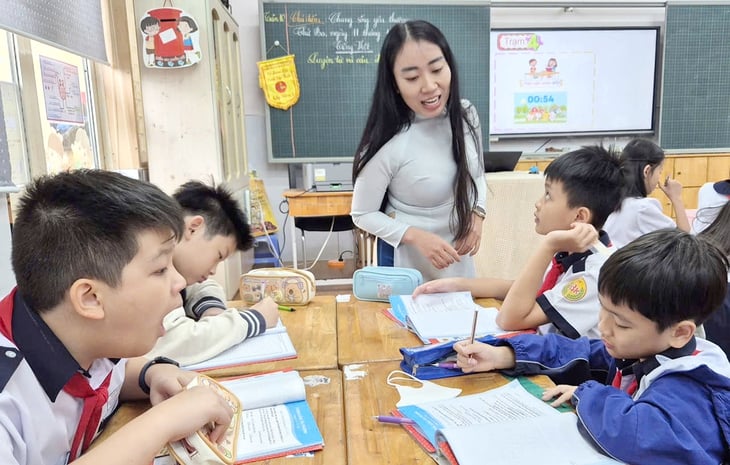
Ms. Xuan Quynh's class in class 5/2 of Nguyen Binh Khiem Primary School, Saigon Ward, Ho Chi Minh City, is fully equipped with equipment and technology applications. Therefore, teachers have more time to interact with students - Photo: HOANG HUONG
How have they changed to fulfill their roles as instructors, organizers, and “directors” of learning in a digital environment?
Digital age lessons
Artificial Intelligence (AI) is no longer strange but is gradually present in every school, bringing new and vivid ways of teaching and learning.
One day in mid-November 2025, we were able to observe the "Vocabulary and Sentence Practice" lesson with the lesson "Pronouns" in class 5/2 of Nguyen Binh Khiem Primary School (Saigon Ward, Ho Chi Minh City). That day, Ms. Nguyen Ngoc Xuan Quynh implemented the lesson in the direction of applying technology and AI.
The class is arranged in a group work model. On the board, the teacher writes only the date and the name of the lesson; the rest of the content is presented via an internet-connected computer and an interactive board.
The lesson is designed in "stations". With just one click, the content of the first "station" appears on the screen: a short paragraph with the words "it", "I" in bold... The teacher randomly calls on students to read and answer questions about the function of these pronouns.
Instead of wasting time writing on the board like the traditional teaching method, teachers use audio and visual images displayed directly on the interactive screen. Thanks to that, most of the time in the class, Ms. Quynh spends on prompting, asking and answering questions, monitoring discussion groups, supporting students when they do individual exercises...
In particular, after studying the lesson, at the last "station" of the lesson, Ms. Quynh asked the groups to use AI to create pictures with characters talking to each other. In that dialogue, pronouns were used. At this time, each group was equipped with iPads, the classroom became lively and noisy when the students discussed enthusiastically "what command to use is appropriate".
The results from the "5th grade kid artists" made the whole class laugh, and the audience was surprised by the creativity and ability to apply technology of the elementary school students.
Phu Thanh, a student of class 5/2 at Nguyen Binh Khiem Primary School, explained to us: "We have learned and practiced how to use AI so we are used to it and have no difficulty."
Teaching students about AI applications

Teacher Phan Anh, Trung Vuong Secondary School, Hanoi , in an AI application lesson for 6th grade students - Photo: Vinh Ha
A special lesson for 6th graders at Trung Vuong Secondary School (Hanoi), where students are all allowed to bring laptops or tablets into class, has a lively and joyful atmosphere. It is a lesson on AI applications.
Students are guided to practice on the computer and then compare the results with the teacher to identify the types of AI capabilities and the reliability of each type of capability in order.
Mr. Nguyen Phan Anh, a natural science teacher who also teaches AI, said that in order for students to use AI correctly and effectively, it is necessary to let them know all of AI's capabilities, what AI can do well, what AI cannot replace the human brain for, and how to use and connect different AI capabilities to achieve results closest to their desires.
According to Mr. Phan Anh, the process of approaching AI is similar to the process of engineering design through STEM education or scientific research that students in the school's science classes are applying. That means going from experience and practice to find out how to apply AI effectively.
Teacher Phan Anh said that the data sources for students to search are not necessarily clean, so guiding students with a process to create the best information filter is also what AI lessons aim for.
"In the context of technology developing too quickly. If we do not grasp and delay 1-2 years, technology will have advanced a lot, becoming more and more complex and difficult in educating students. Therefore, building abstract logical thinking for 12-13 year olds (grade 6) according to the basic theoretical approach, so that children can use the right tools and have basic skills is very necessary," Mr. Phan Anh shared.
Although they were all instructed in theory, the experiences in the new lesson made many 6th graders "laugh their heads off" when they were given the command "create a sea creature" but the AI gave them the image of an elephant or a buffalo swimming at the bottom of the ocean. This shows that the AI is not strong in creativity and the way it gives "commands" can make the AI misunderstand. But from these lessons, many 6th graders immediately applied it to family activities.
"A parent said she didn't know how to sing lullabies, so when she had another baby, she had to ask her grandmother to take care of her. Her eldest child, a 6th grader, heard her grandmother sing lullabies very well, so she recorded her grandmother's lullabies and let Al create lullabies similar to her grandmother's with different lullabies for her mother to use when she needed to lull her younger sibling to sleep," said Ms. Nguyen Thi Thu Ha, Principal of Trung Vuong Secondary School (Hanoi).
"Recruiting" AI assistant
Many teachers in Hanoi and Ho Chi Minh City share that AI is an assistant for teachers in many tasks, from tasks related to the subject being taught such as preparing lesson plans, building a system of exercise sheets, tests, presentations, videos simulating phenomena, experiments, videos applying knowledge to practice to student education.
AI helps the most in the work of homeroom teachers. Specifically, from grasping information about the situation, strengths and weaknesses of students to monitoring the process of self-effort and training, even "AI assistants" can support and suggest ideas for experiential activities and career education fields.
"With the support of AI, when providing information about each student's outstanding qualities based on strengths, abilities, and family traditions, teachers can group students to understand, have measures to accompany and help, solve problems or provide career orientation," said Mr. Tran Van Huy, Phan Huy Chu High School (Hanoi).
Mr. Huy added that AI helps him build a system of exercises and tests according to different levels of students, and grade papers to find the weaknesses that most students have, or that a student has the most problems with so that he can focus on overcoming them.
Ms. Lan Anh, a teacher at Chu Van An High School for the Gifted (Hanoi), said: "I have created videos to open the class on practical math problems. For example, when teaching elliptical geometry, I created a video to describe the design of a kidney stone crusher.
I went online to look up and watch simulations of lithotripsy machine designs, and tried to connect them to the lesson. I used many tools such as text-to-speech, video-in-video, and animated characters to make the videos attractive and easy for students to understand.
At the end of the video, the animated character will guide and explain the application of elliptical mirrors in lithotripsy machines, expanding by pointing out the knowledge that appears in natural phenomena or other human works and designs.
Instead of using worksheets like before, Ms. Lan Anh designs worksheets on Canva, guides students to make products, and designs games on Canva.
"The application helps students see that math is not dry and not far from reality. The lessons are therefore more interesting and attractive to students," said Ms. Lan Anh.
Teachers must change
Digital transformation in schools cannot be successful if teachers do not change. Therefore, before teaching students, we train ourselves. To date, 100% of staff and teachers at Nguyen Binh Khiem Primary School have been trained in exploiting digital learning materials and AI tools to support teaching; applying LMS platforms, Microsoft Teams and online classroom management software; integrating digital citizenship skills into lectures and experiential activities.
In addition, teachers are encouraged to shift from "knowledge transfer" to "competence guidance", taking technology and AI as companions, helping students form critical thinking, creativity and civilized behavior in cyberspace.
MSc. Do Ngoc Chi (Principal of Nguyen Binh Khiem Primary School, Saigon Ward, Ho Chi Minh City)
Using AI to create products
AI application lessons are currently included in the main curriculum of many high schools in Hanoi, mainly private and autonomous public schools, and are designed according to different content and levels between grades.
Trung Vuong Secondary School arranges one AI application lesson per week for students, with a total duration of 36 lessons. Initially, priority will be given to teaching math and science classes taught by math and science teachers.
According to teacher Tran Van Huy - Phan Huy Chu High School (Dong Da, Hanoi), many students' products are no longer limited to presentations or information searches, but are more advanced in creating products from AI (model design, experiments)...
But to improve students' ability to use AI properly, teachers must also understand and have good skills to guide and control students in the process of using AI for learning.
(To be continued)
Source: https://tuoitre.vn/chan-dung-giao-vien-thoi-cong-nghe-so-ky-1-ai-tran-vao-lop-hoc-giao-vien-thay-doi-20251117083700884.htm







![[Photo] General Secretary To Lam and National Assembly Chairman Tran Thanh Man attend the 80th Anniversary of the Traditional Day of the Vietnamese Inspection Sector](https://vphoto.vietnam.vn/thumb/1200x675/vietnam/resource/IMAGE/2025/11/17/1763356362984_a2-bnd-7940-3561-jpg.webp)
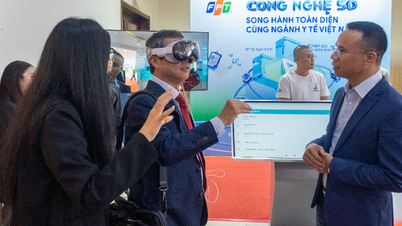

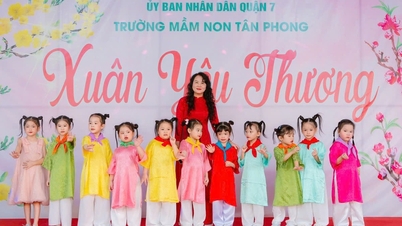


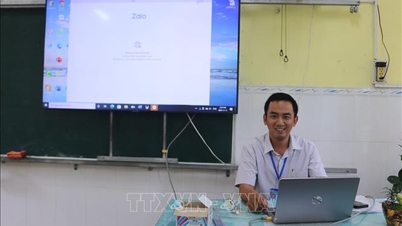



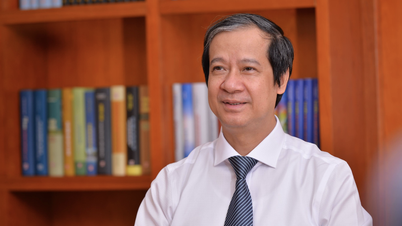
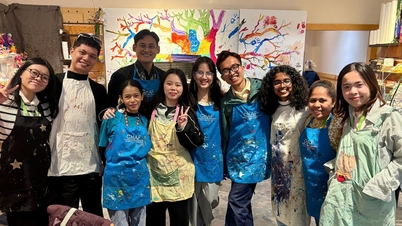



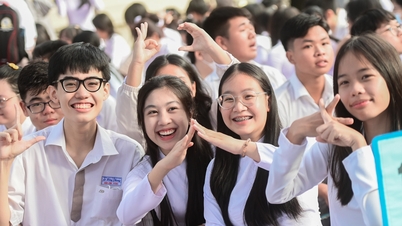



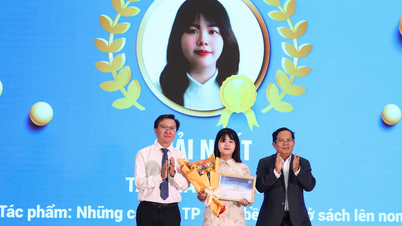




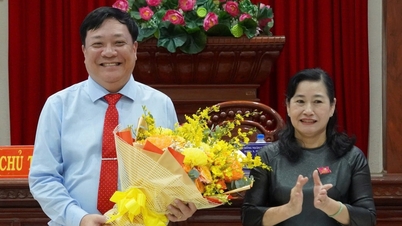


















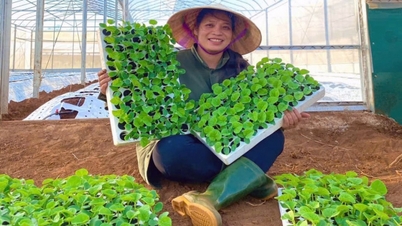




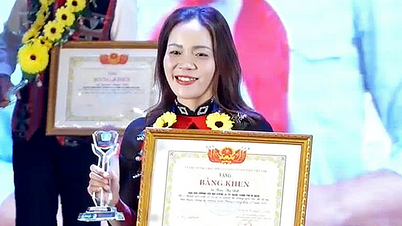
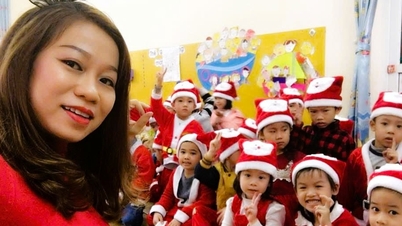








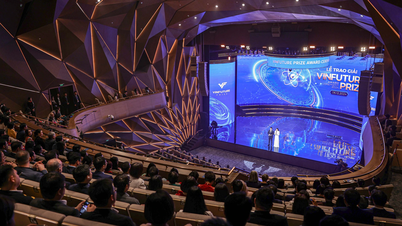





















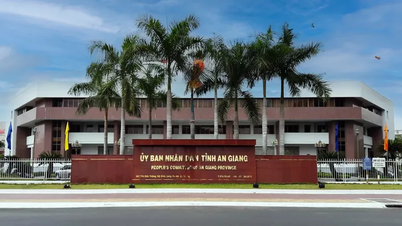
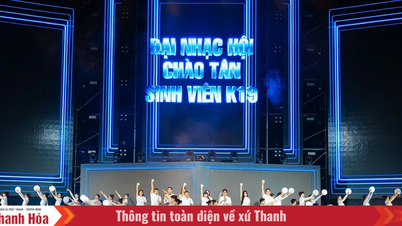

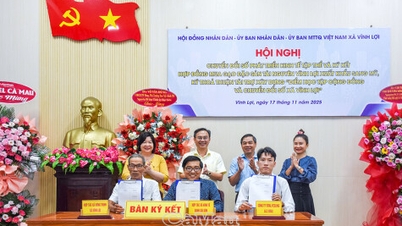













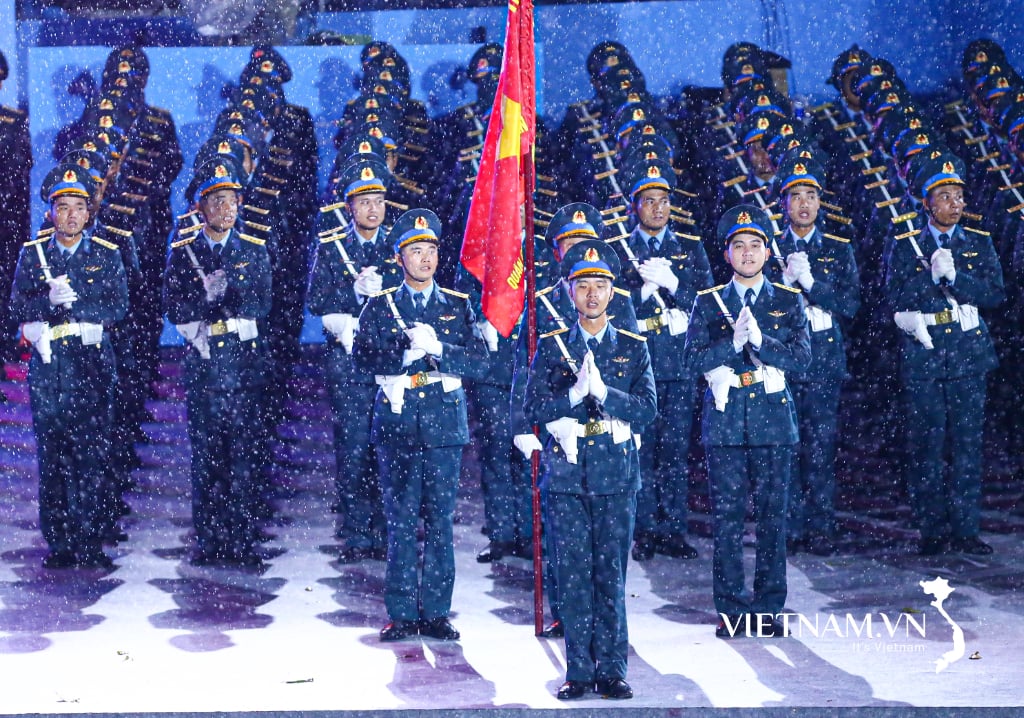

Comment (0)